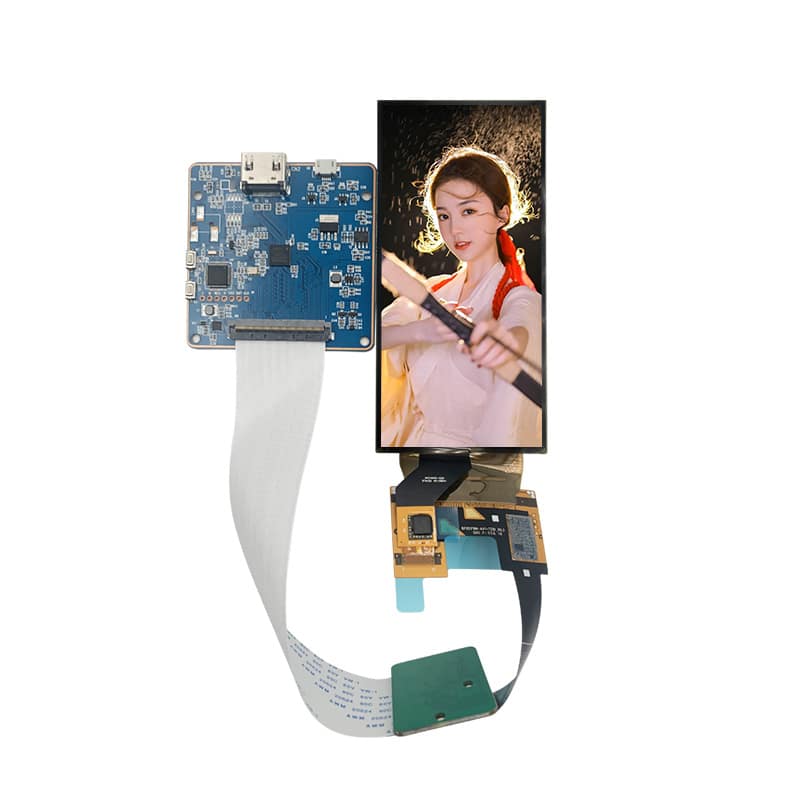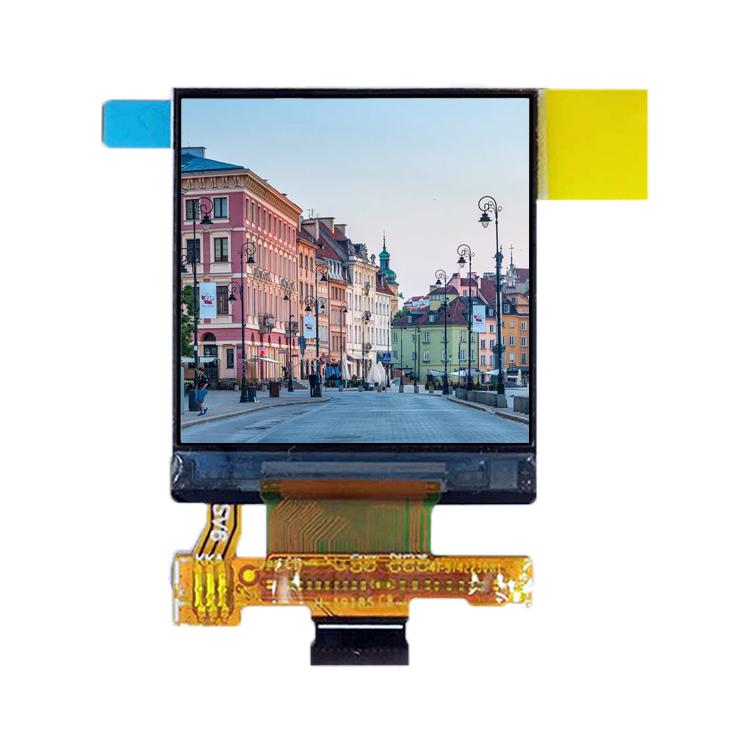In the realm of DIY electronics and embedded systems, the Raspberry Pi has emerged as a versatile platform for hobbyists and professionals alike. One of the most popular peripherals that enhance its capabilities is the Raspberry Pi TFT LCD module, which transforms the humble single-board computer into a dynamic display device. In this article, we’ll delve into the world of Raspberry Pi TFT LCD modules, focusing on the Chancedisplay brand, a reputable choice for those seeking high-quality and reliable components.
Firstly, let’s define what a Raspberry Pi TFT LCD module is. It is an integrated circuit that combines a touchscreen and a liquid crystal display (LCD) in a single package, specifically designed to work seamlessly with the Raspberry Pi. These modules come in various sizes, resolutions, and touch types, allowing users to customize their projects according to their requirements. The Raspberry Pi’s GPIO pins provide the necessary digital signals to control the display, making it an ideal choice for creating interactive interfaces, digital signage, or even small home automation projects.
When it comes to choosing a brand, CHANCEDISPLAY stands out in the market due to its commitment to quality and customer satisfaction. Their Raspberry Pi TFT LCD modules are known for their robustness, accurate color reproduction, and responsive touchscreens. One of their standout products is the Chancedisplay 3.5-inch TFT LCD module, which features a resolution of 320×240 pixels and supports both resistive and capacitive touch. This module is compatible with the Raspberry Pi Zero, Pi 1, 2, 3, 4, and 400, ensuring a wide range of compatibility across different generations of the popular board.
The installation process of a raspberry pi tft lcd module is relatively straightforward, thanks to the standardized connectors and clear documentation provided by Chancedisplay. Most modules come with an HDMI interface, allowing you to display the Raspberry Pi’s output directly on the screen. For those without an HDMI port, composite video and audio connections are often available, enabling you to use older Pis or adaptors. The wiring is typically simple, connecting the power, ground, data lines, and optional touch pins to the appropriate pins on your Raspberry Pi.

One of the key advantages of using a Raspberry Pi TFT LCD module is the ability to create custom user interfaces (UIs) using programming languages like Python, C++, or JavaScript. With libraries like RPi.GPIO and ili9341 for Python, developers can easily control the display, manipulate images, and handle touch input. Chancedisplay also offers a range of tutorials and code examples on their website, making it easier for beginners to get started with their products.
In addition to basic text and image displays, Raspberry Pi TFT LCD modules can be utilized for more advanced applications. For instance, they can be used in IoT projects, where real-time data visualization is crucial. By integrating sensors, the Pi can gather data and present it on the display, creating a dashboard for monitoring and controlling various aspects of your environment. The Chancedisplay modules, with their built-in touch functionality, provide a natural way to interact with these systems.
Another exciting application is in the realm of robotics and automation. Raspberry Pi-based robots can utilize TFT LCD modules to provide feedback on their actions or display instructions to the operator. Chancedisplay’s durable and responsive displays make them perfect for integrating into robotic projects, ensuring clear communication between the robot and its user.
In terms of performance, CHANCEDISPLAY‘s modules boast long-lasting panels and efficient power consumption, making them suitable for battery-powered projects or scenarios where power efficiency is a concern. Their modules also feature anti-glare coatings, reducing eye strain during extended use, and some even offer sunlight readable options for outdoor applications.
In conclusion, the raspberry pi tft lcd module, particularly the Chancedisplay brand, is a game-changer for Raspberry Pi enthusiasts looking to expand their projects with visual outputs. With its ease of installation, compatibility, and extensive customization possibilities, these modules open up a world of creative opportunities. Whether you’re a beginner or an experienced hacker, investing in a Chancedisplay Raspberry Pi TFT LCD module will undoubtedly enhance your projects and bring your ideas to life on a vibrant and interactive display. So why wait? Dive into the world of Raspberry Pi hacking and unleash the potential of your little computer with a Chancedisplay TFT LCD module today!


